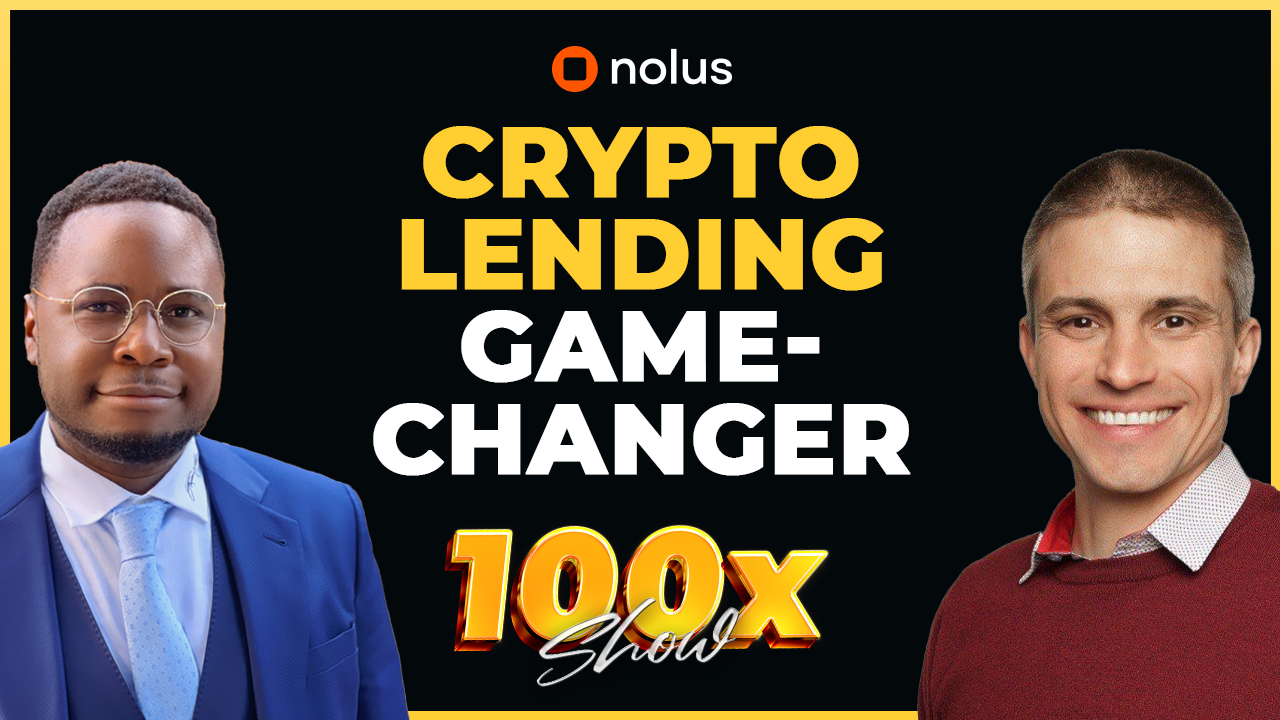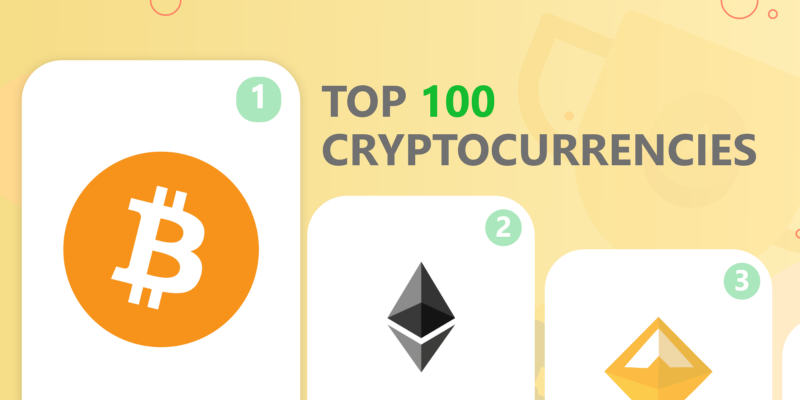“Beauty lies in the eyes of the beholder” is one of the most famous sayings among the fundamental analysts of financial markets. A plethora of factors affect a company’s value. The value is resultant of various macro and microeconomic forces. For different entities, all these forces will have different impacts. Though fundamental analysis is subjective, there is merit in trying to understand various projects with a broad framework. It allows us to compare projects of a like to like basis.
Fundamental analysis aims to arrive at the intrinsic or fair value of a stock, bond, or any other asset. Traditionally, investors expect cash flows attached to assets, for example, dividends with stocks and coupon payments with bonds. The expectation of cash flows makes it easier for an analyst to calculate the present value of the future cash flows via various methods. However, with crypto assets, there are no expected future cash flows. And thus, the fundamental analysis gets a lot trickier.
The whole concept of fundamental analysis comes from understanding the difference between price and value. As one of the most successful investors of our time, Warren Buffet says, “price is what you pay, and value is what you get.” We won’t be stretching it if we say that the foundation of Buffett’s wealth creation philosophy is a clear understanding of how price and value differ. Even though crypto-assets is an entirely new asset class, the fundamentals of investing do not change. We are cognizant of the fact that there is much work done on the fundamental analysis in the traditional finance world, and we have tried to modify these models to create the best fundamental analysis for crypto-assets.
Evaluating a company depends on many factors. Some of the most crucial factors are — a macroeconomic environment that may impact the company, barriers to entry, and the management of the company. We have tried to borrow these aspects to create a framework for analyzing crypto-assets. And while creating the framework we are mindful of the differences between crypto-assets and traditional financial assets.
One of the most prominent differences is the fact that the company’s growth does not mean the growth of the token. In the realm of equities, when the company does well, the intrinsic value of its stock increases. That is, the value growth is directly proportional to the growth of the company. However, most of the crypto-assets do not represent a share in the company. The management has no obligation towards token holders whatsoever. For the management, ICO or IEO is an excellent funding mechanism, but it is incredibly difficult for them to pass on the value to token holders. As the total value created by the company remains constant, the value captured by shareholders and token holders is a zero-sum game. Therefore, the management has to strike a delicate balance between passing value to token investors and equity investors. Recognizing how equity is different from tokens is vital for crypto token investments.
Bitcoin was an excellent investment, and we believe it still is. However, we also know that along with bitcoin, there are other pockets of possibly shrewd investments in crypto-assets. People made money through ICOs, and they lost money through ICOs. We aren’t strangers to both. We have made mistakes in the past, and we will make mistakes in the future. But we also have learned immensely from our mistakes. We want to share our learnings with the people so that they don’t end up making the same mistakes. Instead of only suggesting good investments, we believe our job is to go beyond and flag bad investments for people so that they can avoid losing money. After all, we hate losses more than we love profits, don’t we?
We have identified 25 different factors across eight categories for crypto-assets. Then we couple our unique human knowledge with machine learning. Our machine learning algorithms help us weigh our data points as they are programmed to analyze vast amounts of data and optimize our data points for return. We arrive at fundamental scores of various assets using our fundamental scorecard. The model we use is fluid. We understand that our industry is fast-paced, and we embrace the fact that our model needs to periodically change if we want to ensure that we keep pace with the rapidly changing industry dynamics. We intend to regularly backtest our models, adjust the weights, and even add or remove the factors we look into.
Different categories we look into are — Security, Liquidity, Market Standing, Development, Reputation, Marketing, Team, and Scarcity.
Blockchains often claim to be decentralized, and therefore security becomes crucial as there is no one liable for losses. Security is arguably the most critical function of a blockchain used for value transfer.
Consensus Mechanism
The consensus mechanism is the heart of a blockchain. The way any blockchain arrives at consensus determines the security of the blockchain. Therefore, it becomes essential to take a look at how the blockchain achieves consensus.
Governance
When tokens issued are not securities, the team doesn’t have any fiduciary duties towards the token holders. Therefore, the team should not have the power to make changes to the protocol without consulting token holders. The governance model should consider token holders’ interests. Decentralization ensures that the fate of token holders is not at the mercy of team members.
Liquidity is the ease at which an underlying asset can convert into a widely used form of money, such as fiat currency. Therefore, while investing, it is vital to ensure there is a market that allows the buying and selling of the asset at stable and transparent prices.
Listed Exchanges
Exchanges listed on shows the strength of the project and liquidity. If the project is on a top exchange, it passed these exchanges in-depth analysis meaning it is a strong project. Additionally, top exchanges lead to extra liquidity, meaning the token can be sold rapidly, with minimum loss of value, and at any time.
Fiat-to-Crypto Trading Pairs
Fiat on-ramps for tokens imply that these tokens do not have to rely on other tokens for liquidity. Liquidity is an essential aspect for traders and having fiat pairs help the liquidity.
Percent of Total Supply Circulating
Often, token supply releases happen in tranches. Therefore, if more tokens are available in the future, they can put downward pressure on the price. The more the percentage of circulating supply, the better it is.
Turn-Over Ratio (Trading Volume Versus Market Cap)
The turn-over ratio helps in understanding how liquid the market is. Liquidity is vital because illiquid markets are often volatile. The more the ratio of trading volume to market cap, the better it is.
Crypto-assets are a nascent asset class. There are no clear winners at the moment. For example, while Ethereum is migrating towards Eth2.0 with proof of stake consensus mechanism, there are other upcoming Dapp platforms such as Polkadot, Cosmos, Dfinity, and so on that are competing with them. Which one of them wins in the future is difficult to determine right now. Therefore, we need to evaluate their market standing based on different parameters continually.
Competition
Several projects often compete to capture a market for a similar use case. Therefore, capital allocation also gets divided. How a project differentiates itself from the rest of the competition becomes crucial to judge its value as an investment. We are also looking to see if the project has a lead time advantage over the competitors.
Usefulness
In 2017, many projects raised money by throwing around buzzwords like ‘XYZ on a blockchain, decentralizing ABC.’ It is crucial to understand whether the products built by companies are put to use. Having customers or users contributes to the sustainability of the project.
Token Utility
One should invest in an asset only when they understand the utility of the asset. Therefore, it is important to examine the use of the asset before committing. Also, in terms of regulations, whether the token passes the Howey test of securities is essential. If the token is not a security, it must fulfill a necessary function within the platform to justify its existence.
Token Economic Incentives
Investors will hold tokens only when the token economic design incentivizes them to hold tokens. If the token is only a medium of exchange within a particular platform, there should be a mechanism, such as staking or distributing a part of fees to tokens holders, that helps value creation to incentivize users to hold tokens.
Leveraging different sources to track the progress of projects is crucial. Right from whether a project has its blockchain to whether the project attracts enough talented developers, the development puzzle needs to be put together carefully.
Number of Years Operational Before ICO/IEO
When companies raise funds through an ICO, founders have no legal obligations towards ICO buyers. The number of years the company has worked before crowdfunding acts as an excellent proxy to judge the commitment of the company.
The Category
The validity of the FAT protocol thesis is debatable. But, empirical evidence suggests that protocols capture more value than applications. Though with interoperability protocols, it may not be the case in the future as there could be more vertical and horizontal value captured. However, the type of project could be a limiting factor, as of now. Blockchains seem to have a higher potential to reach network effects as other projects can build on top of the platform, and this leads to more use of the token. At the moment, projects that capture most of the value are protocols.
Availability of Talented Developers and Competent Leaders
This industry is nascent, and nobody knows what can work. Projects that manage to attract the talent pool are likely to succeed. Having experienced developers and leaders in the team could act as an essential driver for the project. Experienced developers can suggest the direction in which projects should steer forward.
A dedicated team with capable members is the best asset for any project. The number of members, the quality and experience of the members, count when it comes to evaluating the potential of the team.
Number of Team members
The number of team members needs to be in sync with the roadmap. We have often observed the Github having just one or two developers. We are looking for the team to have more than 10 members.
Number of All-Star Team Members
Based on the success of past projects, we decide on a set of criteria to qualify a member as an all-star member. There has been a direct relationship between the number of all-stars and the success of the project.
Number of Community Members
Community members are the potential users of the project. We track social media such as Reddit, Twitter, and Telegram to understand how much traction the project has. The number and the quality of followers give us a good insight into how people perceive the project.
Company Website
The company website serves as the primary source of information for any project. Any attempt to hide information is a red flag. Information such as the roadmap, team members, privacy policies, should be readily available on the website.
Site Visits Per Month
Website visits are an excellent proxy to gauge the mind share of the project. Before investing, people visit the website to understand more about the project. Also, site visits are a way to determine customer awareness or popularity. It shows how well the project advertises and promotes what they are doing. More customer visits to the website increase familiarity with the project.
Mind share is one of the critical attributes for buyers. If the token is getting covered by more significant media, there is a higher chance that it will occupy the mind share of investors.
Reputation builds stories, and stories are the life of any investment thesis. A good story tends to attract better numbers. You see, there are loss-making companies, but good business model stories make them attractive. The reputation of a company is of paramount importance to investors. It determines how people perceive the brand.
Public Videos of Team Members
Founders’ talks are an excellent source to learn more about projects. The way founders answer question determines how equipped they are to manifest the project into reality.
Early Investors
The reputation of early investors shows the strength of the project. Reputable investors only invest in projects they believe in and expect a good return on investment (ROI). These investors could also be crucial in the development of the project down the line. The early investors could help the project obtain partnerships to drive growth.
The Validity of Promises and Thoroughness of the Use-Cases in the Whitepaper and Website
During the ICO mania, various projects promised the moon to all the ICO investors and did not deliver on their promises. We understand that we cannot have all three security, decentralization, and scalability at the same time. One suffers when we pick the other two. Projects that claim to be blockchains and promise all three better than bitcoin or ethereum are almost instantly worthy of branding as scams. Therefore, the way projects showcase information is crucial.
Litigations Against the Company or Team Members
If the company or a key member was involved in a scandal, this could hurt the project’s long term potential. Alleged or actual unethical behavior will cause bad press for the project. Users are less likely to want to be involved with a project that is known for unethical practices.
One of the characteristics that make bitcoin special is its scarcity. We are in an era of rampant money printing and therefore understand the importance of scarcity. If the supply can be altered, how long could the underlying asset retain the value? A scarce asset will have more chances of appreciation, vis-a-vis an asset that has an infinite supply.
Nature of Supply
At its core, value is a function of demand and supply. A token’s supply, whether inflationary or deflationary, should be a factor when doing fundamental analysis.
Token Burn
A token burn is a mechanism to create scarcity in the supply. This burn is an indirect way to redistribute profits or cash flows to the token holders. The scarcity puts upward pressure on utility token’s price.
As stated earlier, this model is fluid, and it needs to be evolving. We will make constant upgrades to our model to ensure that it’s of value to our users. We will keep sharpening our edge to make sure that our model remains relevant.





